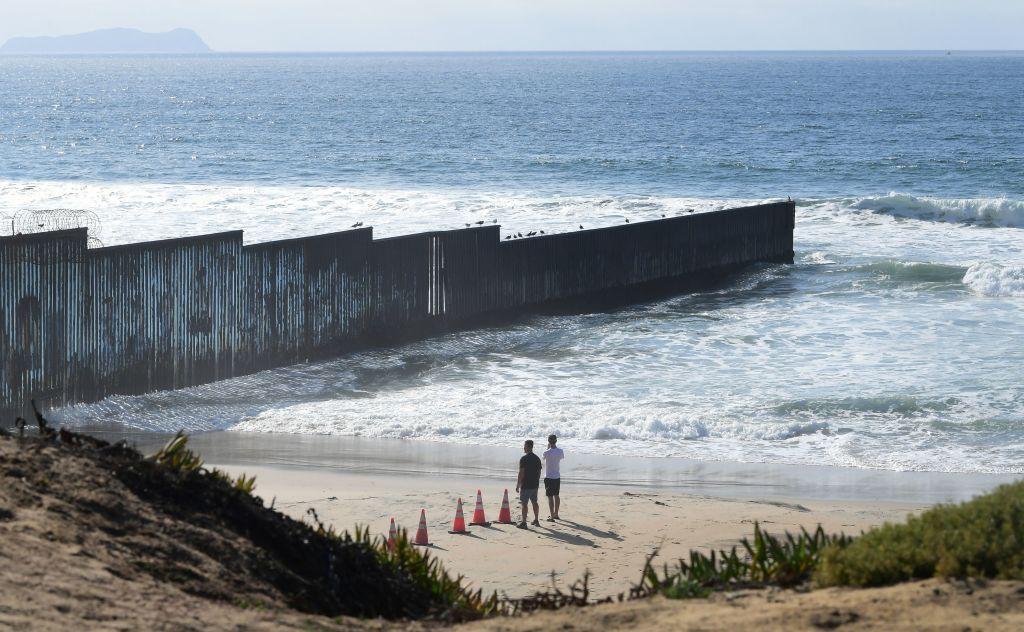IMPERIAL BEACH, Calif.—Bacteria, viruses, and chemicals from ocean pollution flowing from the Tijuana River is becoming airborne and blowing inland in Imperial Beach, according to research released Mar. 2 by the Scripps Institution of Oceanography at the University of California–San Diego (UCSD).
The study found that this coastal water pollution—largely untreated sewage runoff as a result of rainfall in the San Diego-Tijuana region—can reach people beyond just beachgoers, surfers, and swimmers. The outflowing pollution can then transfer to the air in sea spray aerosol through breaking waves and bursting bubbles, the study found.





